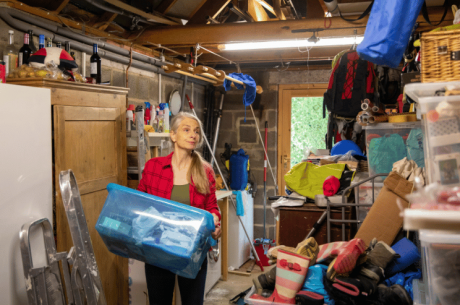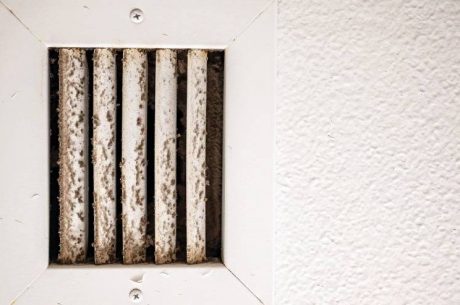Water can damage your home even in winter. Uninsulated water pipes can freeze and burst, and ice dams can form on your roof. Moreover, thawed snow can enter your basement, causing water damage from flooding. But don’t worry yet – here’s what you can do to prevent winter water damage in your home:
Preventing Frozen Pipes
- Insulate water pipes in unheated areas, such as the crawl space, basement, garage, attic, and under kitchen and bathroom cabinets.
- Allow warmer air to circulate around the plumbing by opening kitchen and bathroom cabinet doors. Move the products stored in these cabinets up, out of the reach of children and pets.
- Let cold water drip from the faucets served by exposed pipes. Running even a trickle of water through pipes helps prevent them from freezing.
- Set the thermostat to the same temperature during the day and at night. Your heating costs may rise, but you’ll prevent pipes from freezing and bursting.
- If you’re leaving home for a day or more, set the thermostat to at least 55° F. Shut off the water supply and drain pipes and appliances that use water. In addition, have someone you trust check your home once per week.
Preventing Ice Dams
- Remove the snow on your roof when it’s about six inches deep. Use a roof rake or a long-handled brush to remove the snow without a ladder.
- Make sure that downspouts are clear so that melted water can drain properly.
- More long-term solutions to prevent ice dams include:
- Insulate the attic to prevent warm air from entering. Warm air can melt the snow on the roof, which refreezes, forming ice dams.
- Ensure your attic is properly ventilated. Warm air should escape through vents near the top of the attic. Cold air should flow in through vents near the eaves.
- Install a water membrane underneath the roof shingles. It helps prevent water from seeping in.
- Install a snow shield to prevent leaks. The shield goes under the shingles starting from the low edge of the roof and extending up at least three feet inside the exterior wall of the house.
- Install gutter screens to help keep out the debris that causes build-up and damage.
Other Winter Water Damage Safety Tips
- Install water leak detectors anywhere a water problem may occur, such as on sump pumps, near water-bearing fixtures, and behind or beneath pipes.
- Check water supply lines yearly for leaks. Inspect your hot water heater, washing machine, ice machine in your refrigerator, and other appliances that can leak.
- Get sewage back-up coverage, which is usually not included in your homeowner’s insurance. Heavy rains and melting snow can overload your storm water system, causing water or sewage to back up into your home.
- Disconnect outdoor hoses if you aren’t using them. This prevents water from freezing in the line, creating a blockage that can cause backflow.
- Clear snow around your home’s foundation. Melting snow and ice can cause leaks in vulnerable areas of your foundation.
As winter water damage also creates the risk of mold growth, check out how to prevent mold growth in winter. For flood water damage repair and water removal services, call PuroClean Emergency Services of Dayton, Ohio at 937-401-9700 or Cincinnati, Ohio at 513-897-8990. We are on call 24/7 and have technicians ready to help!




 PuroClean Emergency Services
PuroClean Emergency Services